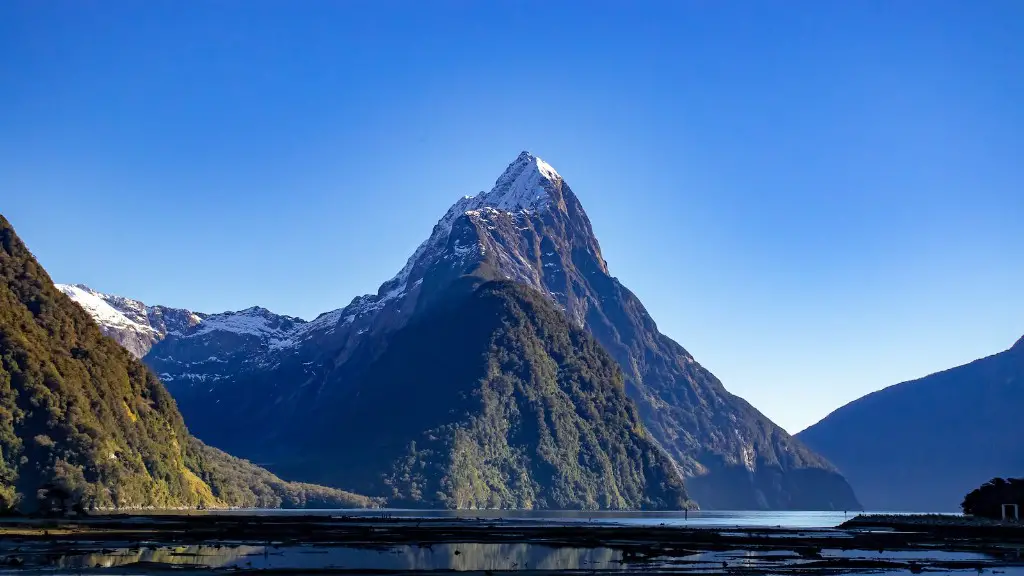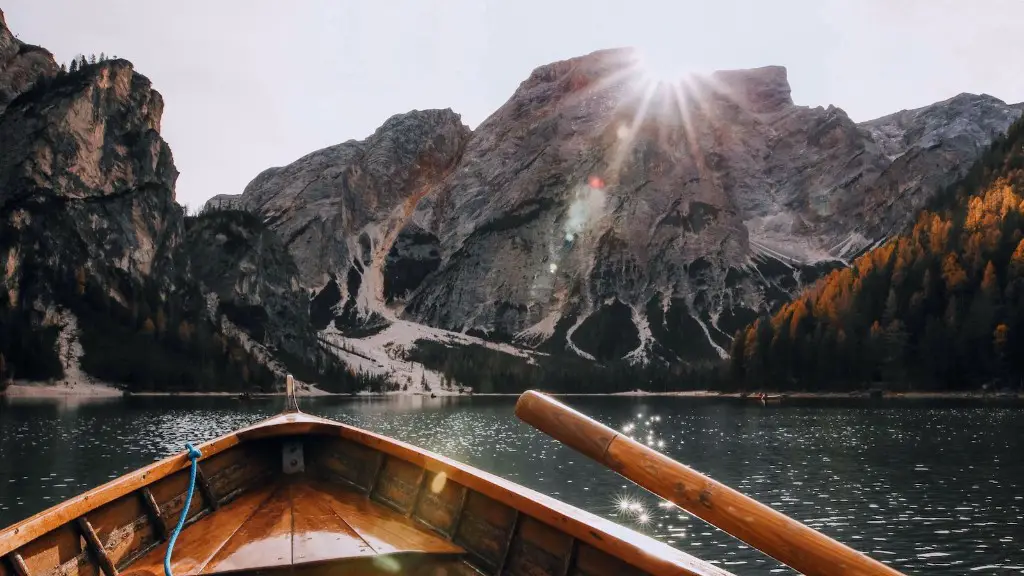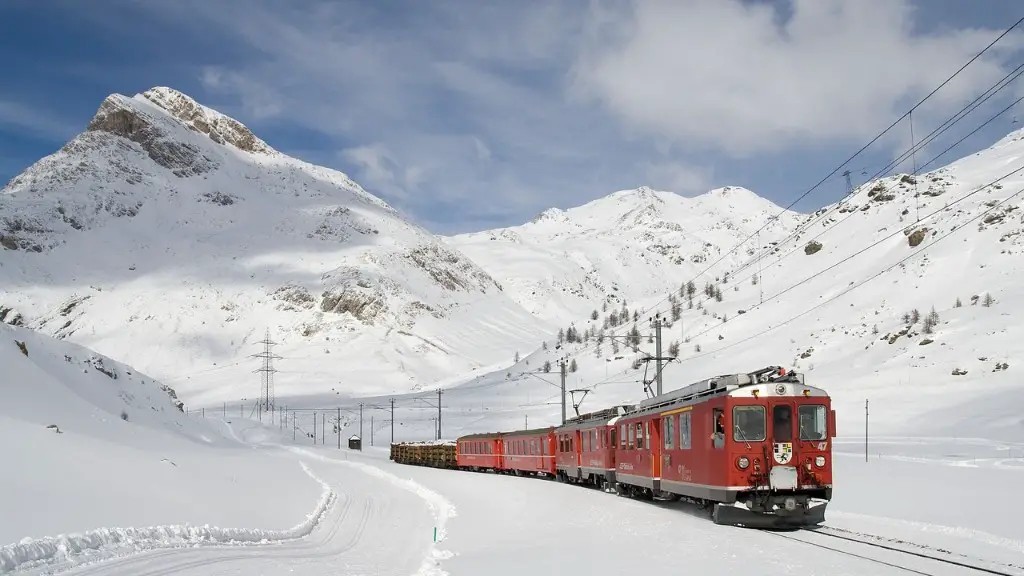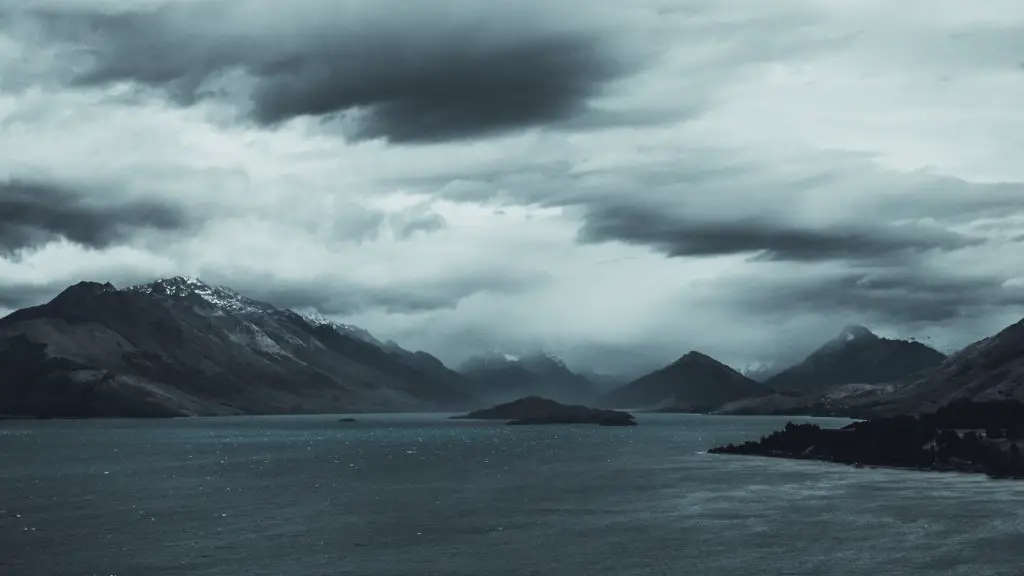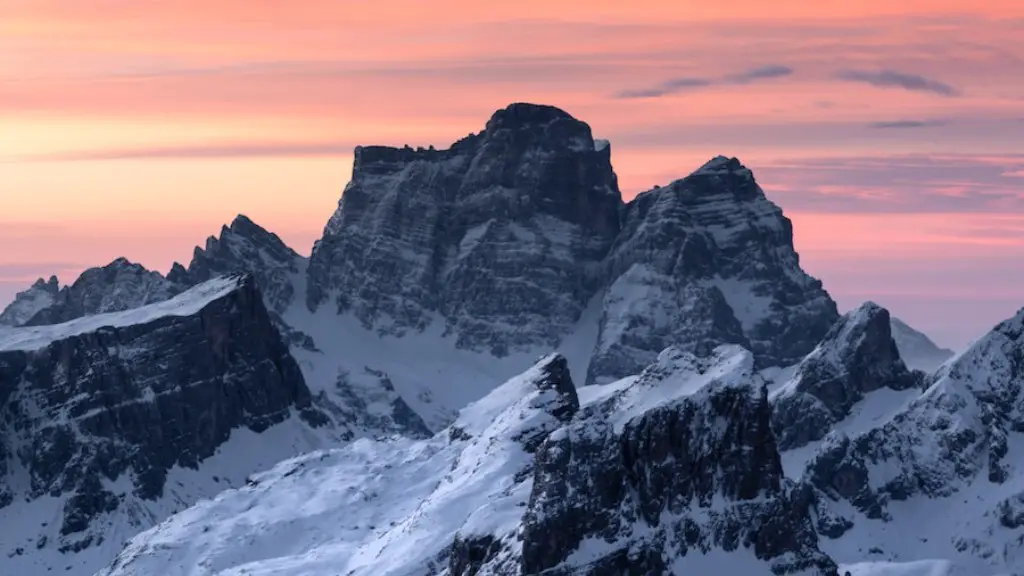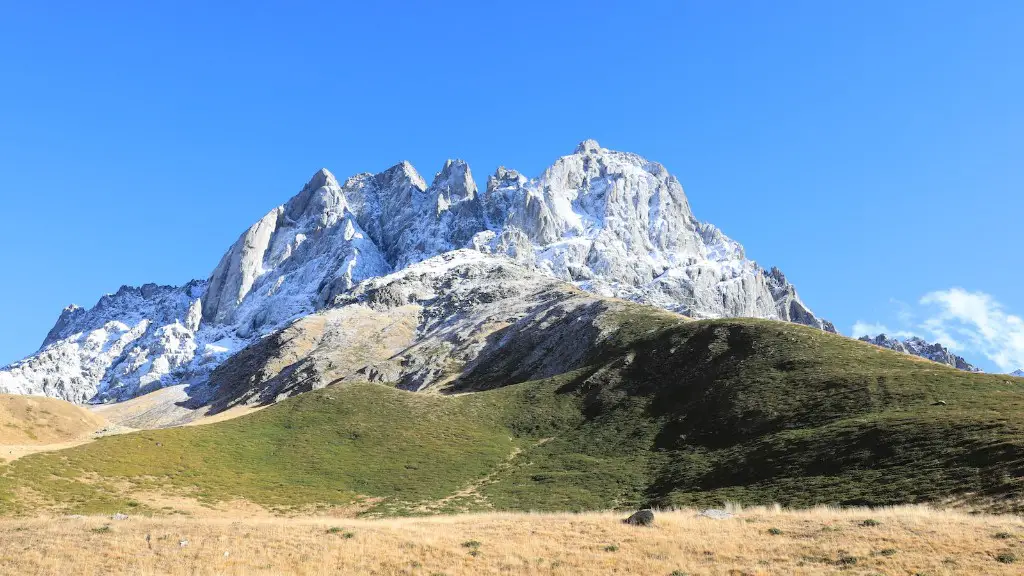If you’re looking to add Mount Everest Base Camp Trek to your bucket list, here are a few things you should know in order to prepare. The first step is to research and choose a reputable guide company. Once you’ve booked your trip, start training by adding hikes and walks with a backpack to your routine. Finally, pack light but make sure to include all of the essentials such as sunscreen, a hat, sunglasses, lightweight layers, lip balm, a first aid kit, and snacks.
There is no one definitive answer to this question, as everyone may have different preferences or suggestions on how to best prepare for a Mount Everest base camp trek. However, some general tips on how to get ready for such a hike might include slowly building up your mileage and elevation in training hikes leading up to the trip, being in good overall physical condition and knowing your limits, packing appropriately for the conditions and having all the necessary gear, and being aware of the potential dangers and risks involved in undertaking such a trek.
How difficult is the trek to Everest Base Camp?
The Everest Base Camp Trek is a moderate difficulty trek that often requires two weeks to complete. Even though the EBC Trek requires no prior trekking expertise, it is suggested that the trekker be determined and physically fit in order to complete the trek.
While reaching the summit of Mount Everest is a serious feat of physical accomplishment, beginners can trek to Everest Base Camp with (relative) ease. Of course, that doesn’t mean it’s an easy trek! Everest Base Camp is still at a high altitude and can be challenging for those not used to the altitude. However, with proper preparation and training, anyone can make the trek to Everest Base Camp.
Do you need to prepare for Everest Base Camp
You’ll want to start your Everest Base Camp training at least 12 weeks before your trekking dates. Build up from at least one long walk once a week to a few serious hikes. By that we mean you’ll want to be able to complete a 5- or 6-hour trek with few breaks.
Everest Base Camp Trekking is one of the most popular trekking routes in Nepal. The route takes you through some of the most beautiful scenery in the world, including the world’s highest mountain, Everest.
However, the trek is not for the faint-hearted, and a moderate level of fitness is required. If you are a regular gym guy, swimmer, physical trainer, runner, then you are entirely fit for Everest Base Camp Trek.
What is the failure rate of Everest Base Camp?
Everest Base Camp has a success rate of around 90% while Kilimanjaro’s average is only around 45%. This is likely because Everest is much higher and thus more difficult to summit. It is important to be prepared for both climbs, but Everest will require more experience and preparation.
It is true that trekking in high altitudes can help you lose weight. However, the amount of weight you lose depends on factors such as your food and water intake, as well as how much rest you get during the trek. If you are not careful, you may end up losing more weight than you want to.
What is the fitness level for Base Camp?
Walking is a great way to get exercise and fresh air, and it’s something you can do almost anywhere. If you want to walk for fitness, you should aim to walk for at least 30 minutes most days of the week. If you want to walk for weight loss, you may need to walk for longer periods of time. To burn more calories and promote weight loss, you should walk at a pace that makes you slightly out of breath and your heart rate is elevated. You should also build up to being able to walk or hike for 5-6 hours with minimal breaks. If you don’t have significant hills or mountain terrain in your area, you can walk hill intervals on a treadmill or stair stepper 2x per week. Most people will also benefit from completing full-body strength workouts twice per week.
With so many people undertaking the Everest Base Camp trek each year, it’s no surprise that the route can become quite crowded during peak seasons. Up to 500 people can set out on the trek each day during these times, so it’s important to be aware of this and plan accordingly. Although it can be daunting to think about sharing the route with so many others, remember that everyone is there to enjoy the same stunning scenery and experience. So, make the most of it and enjoy the journey!
Which is harder Everest Base Camp or Kilimanjaro
The Uhuru Peak is the highest point on Mount Kilimanjaro, at 5,895 metres (19,341 ft) above sea level. Everest Base Camp, on the other hand, is at 5,364 metres (17,598 ft), making the Uhuru Peak nearly a vertical kilometre higher. This makes it much harder to reach the Uhuru Peak than it is to get to Everest Base Camp, making it a more challenging climb.
Everest base camp is no easy feat- even with a success rate of 65%. The number of people helicoptering out of Gorak Shep is a testament to how challenging the hike up to Everest can be. Even less people make the hike up Kala Patthar, which is an even more daunting task.
How many days does it take to walk to Everest Base Camp?
How Long Is The Everest Base Camp Trek?
The standard Everest Base Camp Trek is 130KM round trip which is divided into 12 days. Of those 12 days, it takes 8 days to get to Everest Base Camp and 4 days to get back.
The trek to Everest Base Camp is an amazing experience that should not be rushed. Spending more time in the acclimatization process is essential to having a safe and enjoyable trek. There are so many incredible things to see and do on the trek, so take your time and enjoy the journey!
Is Everest Base Camp worth doing
The Everest region is an amazing place to visit and trekking to Everest Base Camp is definitely an ambition for many trekkers! Trekking to the base of the world’s highest mountain is an incredible achievement and it is definitely worth the effort.
Everest Base Camp is best visited outside of the monsoon season, which falls between late-May and mid-September. The best months for trekking are late September through November and February through May, when conditions are more stable and visibility is better. Base Camp temperatures during these months can reach up to -6°C.
How many people died in Everest Base Camp?
The 2015 Mount Everest avalanches occurred on 25 April 2015, at Base Camp, Mount Everest, and killed 241 people. The cause of the avalanches was an earthquake that struck Nepal on 25 April 2015, measuring 7.8 on the Richter scale.
When it comes to comparing the difficulty level of Machu Picchu VS Everest Base Camp VS Mt Kilimanjaro, we can see that the Everest Base Camp trek is a bit more strenuous than Peru’s Inca Trail and Tanzania’s Machama route. This is because the Everest Base Camp trek generally takes place at a higher elevation, which can make it more challenging for some people. Additionally, the Everest Base Camp trek also typically involves more hiking and climbing than the other two treks.
Does trekking reduce belly fat
Hiking can help you lose belly fat, because it is a type of physical activity that burns fat all over your body, including your belly. However, you cannot spot-reduce fat, so you need to engage in other forms of physical activity to lose belly fat, such as aerobic exercise and anaerobic exercise.
Base Camp is the most important part of any expedition to Mt. Everest. It is the starting point, the base of operations, and the home away from home for the climbers and Sherpa. It is where members can count on getting the rest they need to acclimatize and be prepared to make their summit bid. Base Camp also serves as a gear and food warehouse where we can sort gear and prepare loads to go up the mountain to other camps.
Final Words
1. Pick the right time of year to go. The best time to trek to Mount Everest Base Camp is from late March to early May and from late September to early November. These times offer the best weather conditions for the trek.
2. Train for the trek. Mount Everest Base Camp is not a trek for beginners. You should be in good physical condition before attempting the trek. Be sure to do some training beforehand, such as hiking and running, to make sure you are physically prepared for the trek.
3. Get the proper gear. Be sure to have the proper gear for the trek, such as proper hiking boots, a sleeping bag, and warm clothing.
4. Stay hydrated. Be sure to drink plenty of water throughout the trek. This will help prevent altitude sickness.
5.Be prepared for the altitude. The altitude can take some time to get used to. Be sure to take it easy and take rest days when needed.
6. Have a backup plan. Make sure you have a backup plan in case of bad weather or other emergencies.
Mount Everest base camp is an iconic and popular trekking destination. To have the best possible experience on your trip, it is important to be well prepared. Here are a few key things to keep in mind when preparing for your Mount Everest base camp trek:
Choose the right gear: good quality, comfortable and weather-appropriate gear is a must.
Get in shape: the Mount Everest base camp trek is a physically demanding journey. Be sure to build up your fitness level before embarking on the trip.
Acclimate to the altitude: since the Mount Everest base camp is located at a high altitude, it is important to spend some time acclimatizing to the thinner air.
Be prepared for the weather: the weather in the Himalayas can be extreme, so be sure to pack appropriate clothing and gear.
Plan your route: there are many potential routes to the Mount Everest base camp. Do your research and plan your route in advance.
By following these tips, you will be well prepared for an unforgettable Mount Everest base camp trek.
